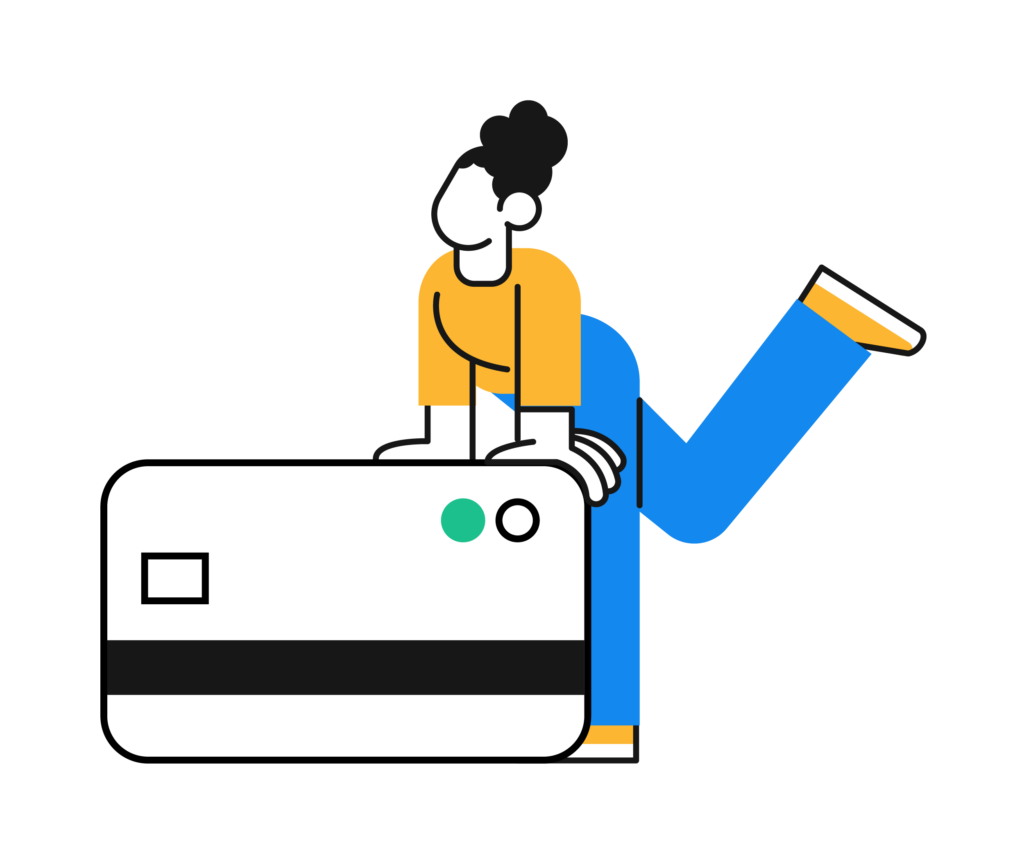Payment processing companies and the fees associated with Credit Card Processing can be confusing.
Even the method used to communicate the credit card information to the financial institution makes a difference.
Whether your customer swipes their card, or you key in the numbers manually can lead to very different results related to the fees you pay.
What Is a Swipe Transaction?
A Swipe Transaction is when your customer inserts their card into a card reader or credit card machine when making a payment for a product or service. The process can also occur with a mobile payment, also called a digital wallet. This is when the customer places their smartphone near the merchant’s field communication-enabled reader.
In both cases, either the card or the electronic data from the customer’s digital wallet is present at the time of purchase.
What Is a Keyed-In Transaction?
Sometimes a customer’s credit card information is manually keyed in by the merchant. For example, when a customer gives their credit card information over the phone. Or when a customer fills out a manual order form including credit card information that will be manually keyed and processed later.
Another example of manually entered credit card information occurs when customers buy products online. This type of purchase and making a payment poses numerous security risks.
The Advantages of Swipe Transactions
Swipe transactions that occur when the customer is present make this process more secure than if the information is manually entered. Also, keying in data also adds the additional risk of human error.
Credit card terminals are unlikely to misread the numbers and expiration dates found on the customer’s card. Because swipe transactions carry less risk, they reduce the higher fees you would find with manually entered payments.
When a transaction is riskier, the merchant will compensate the processor for that added level of risk.
How to Reduce the Fees You Pay
When your business involves keying in many of your credit card payments manually, there are options available to help you keep added fees down.
You can compare Credit Card Processors, looking for the lowest credit card processing fees.
If you are a business owner in todays world, you more than likely accept credit card payments from your customers. To keep your costs down and limit security risks to your customer, it is best to limit manually entered transactions.
Find easy-to-use software and a portable reader that attaches to, or works with, your smartphone, you can safely and securely accept your customers “swiped” payments in person while on site with them.

